Tetris effect
Xavier Robles de Medina
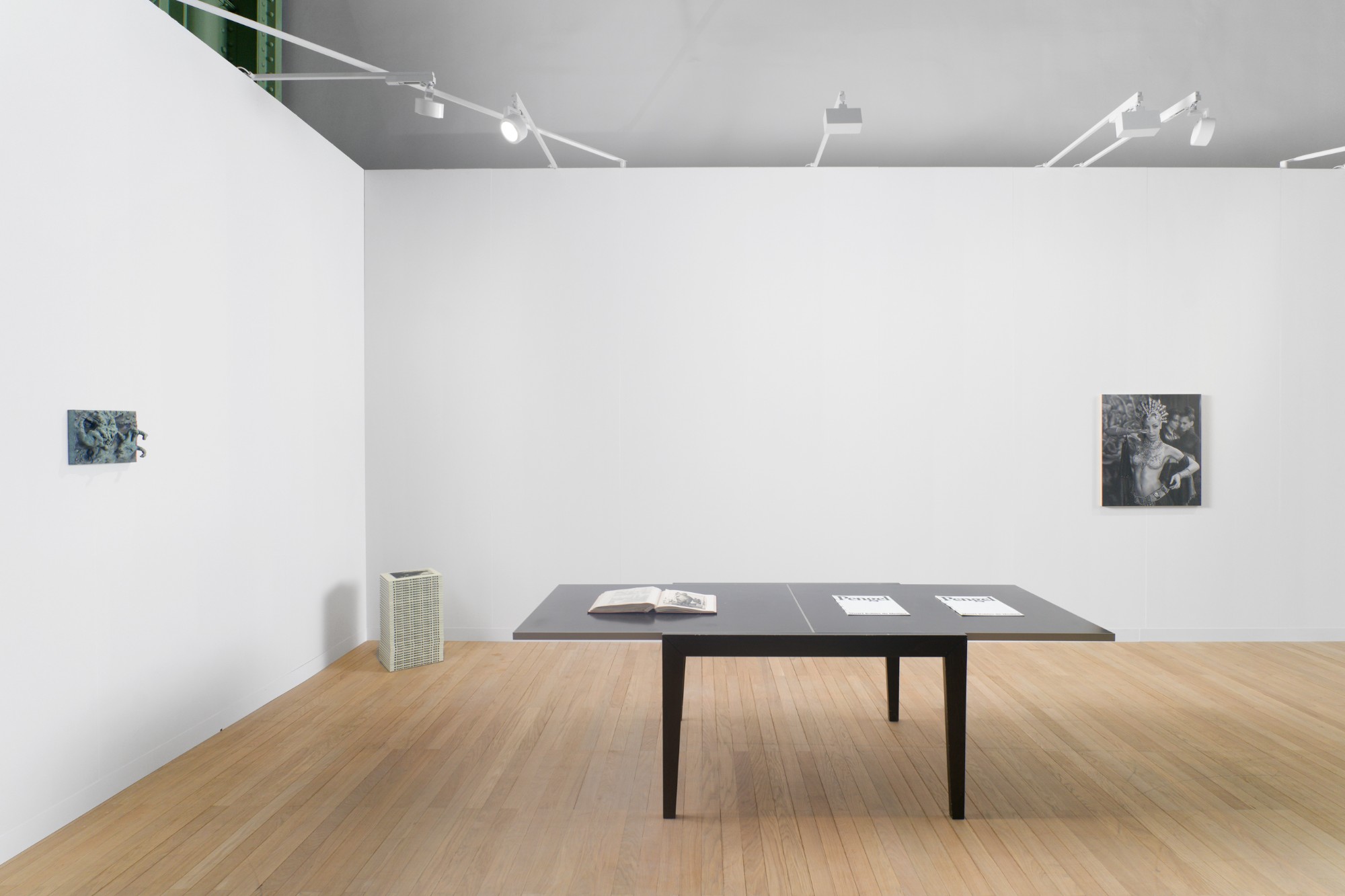
Xavier Robles de Medina
Tetris effect
Installation view
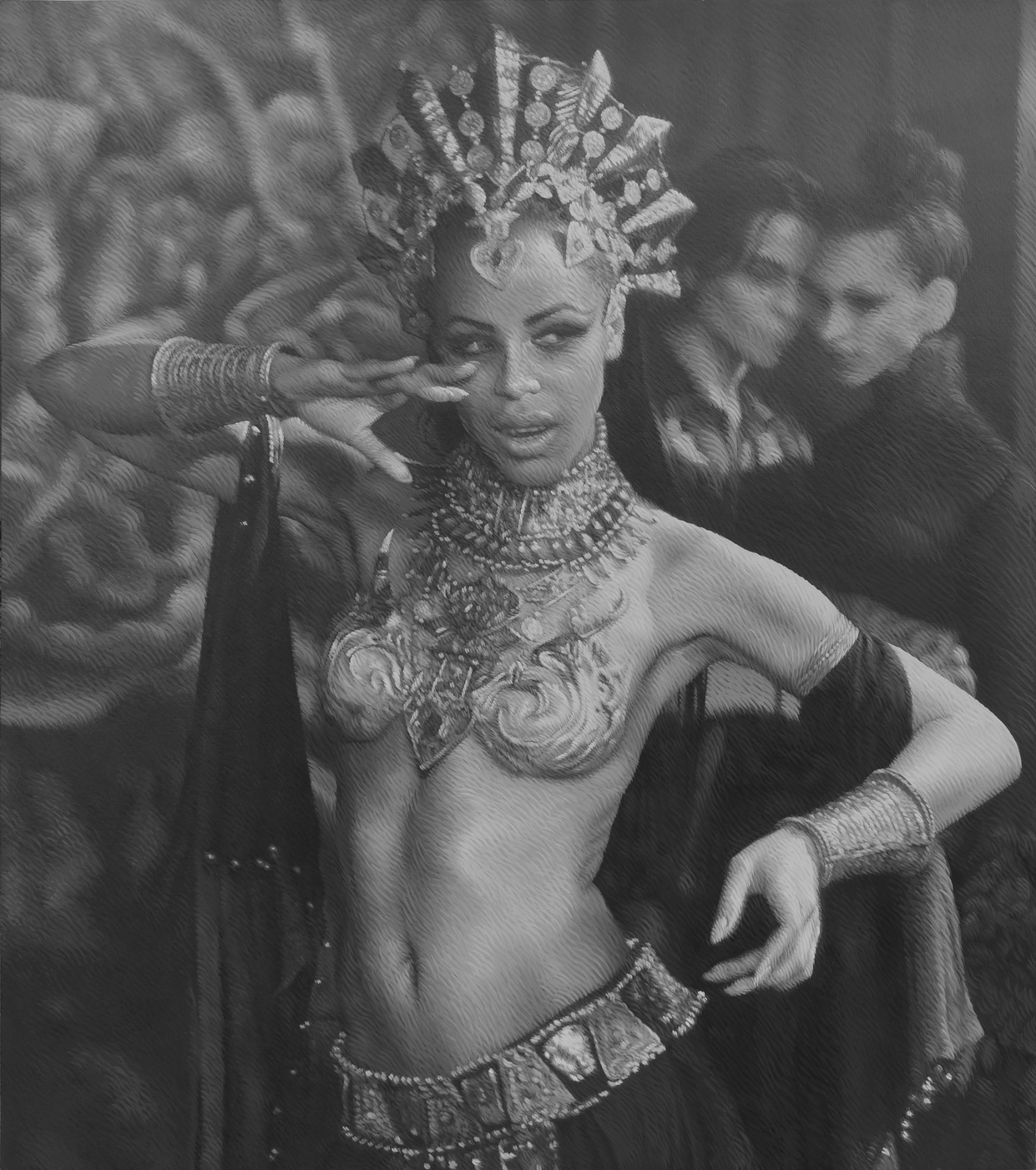
Xavier Robles de Medina
Aaliyah
Queen of the Damned.
Directed by Michael Rymer, Warner
Bros.Pictures, 2002
2023-2024
acrylic on wood
83 × 74 cm
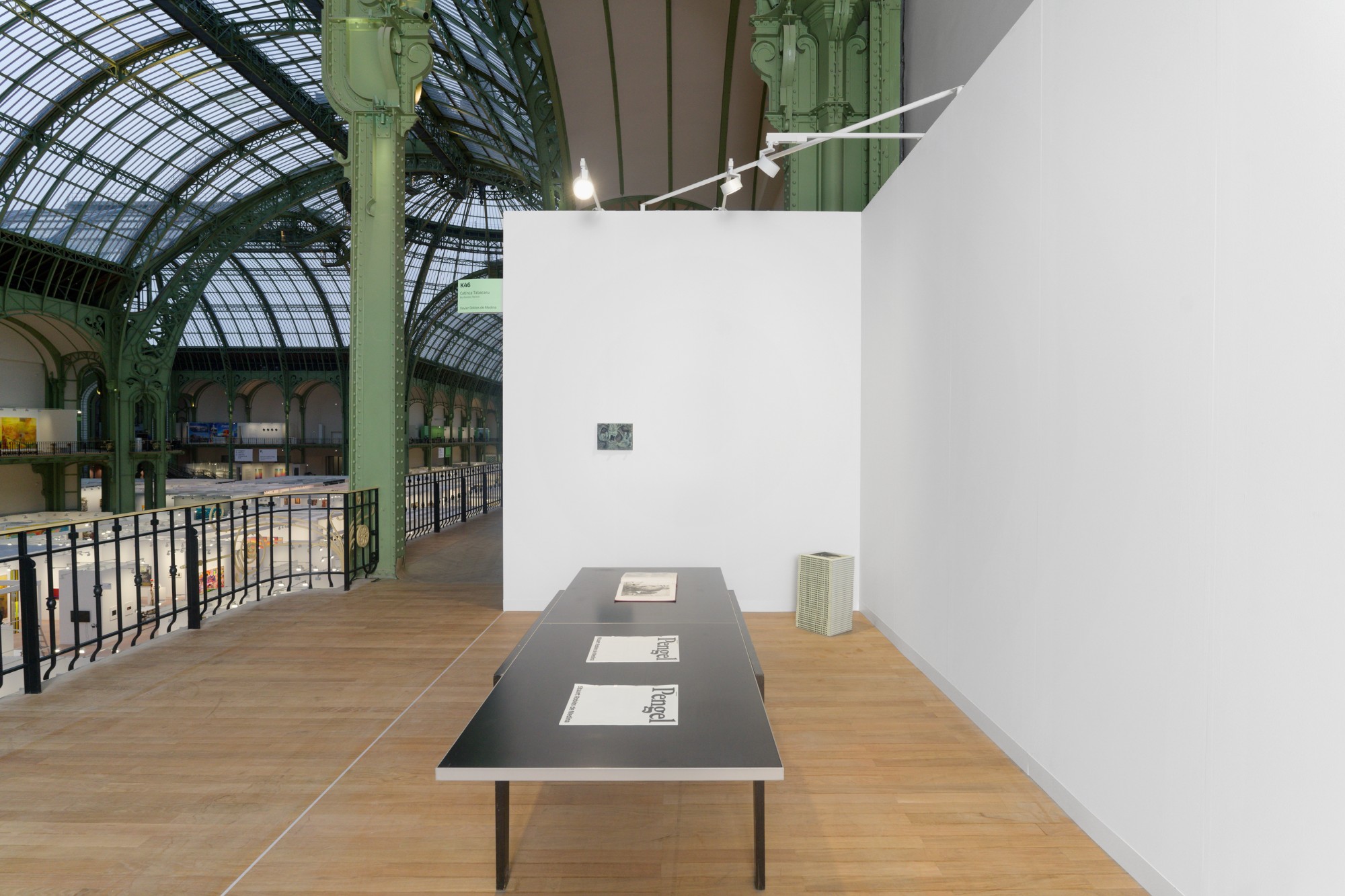
Xavier Robles de Medina
Tetris effect
Installation view
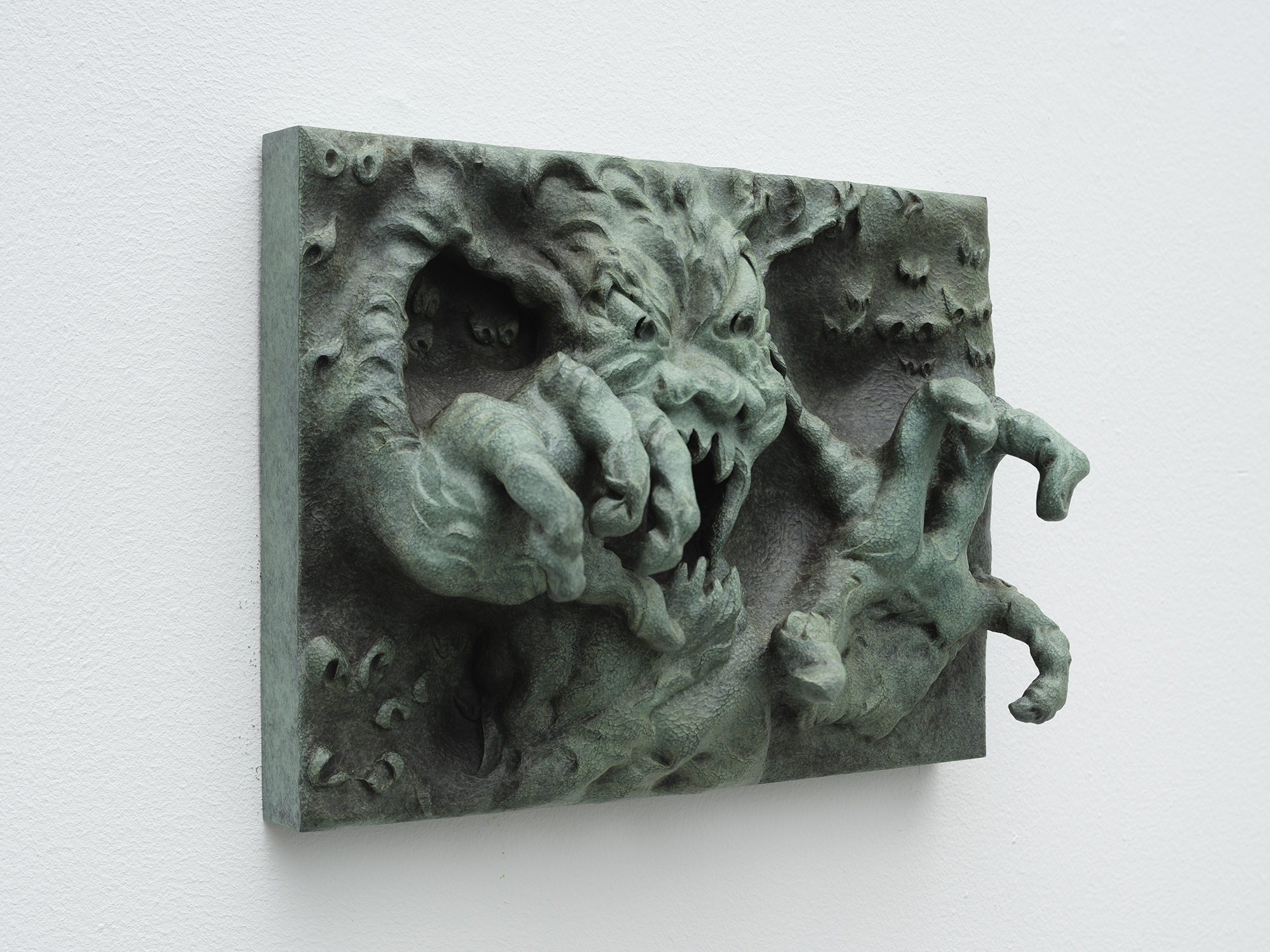
Xavier Robles de Medina
Snow White and the Seven Dwarfs
Directed by David Hand (supervising a team of
sequence directors), Walt Disney Productions, 1937, 2023
patinated bronze variation 3 of 6, 24 × 32 × 10 cm
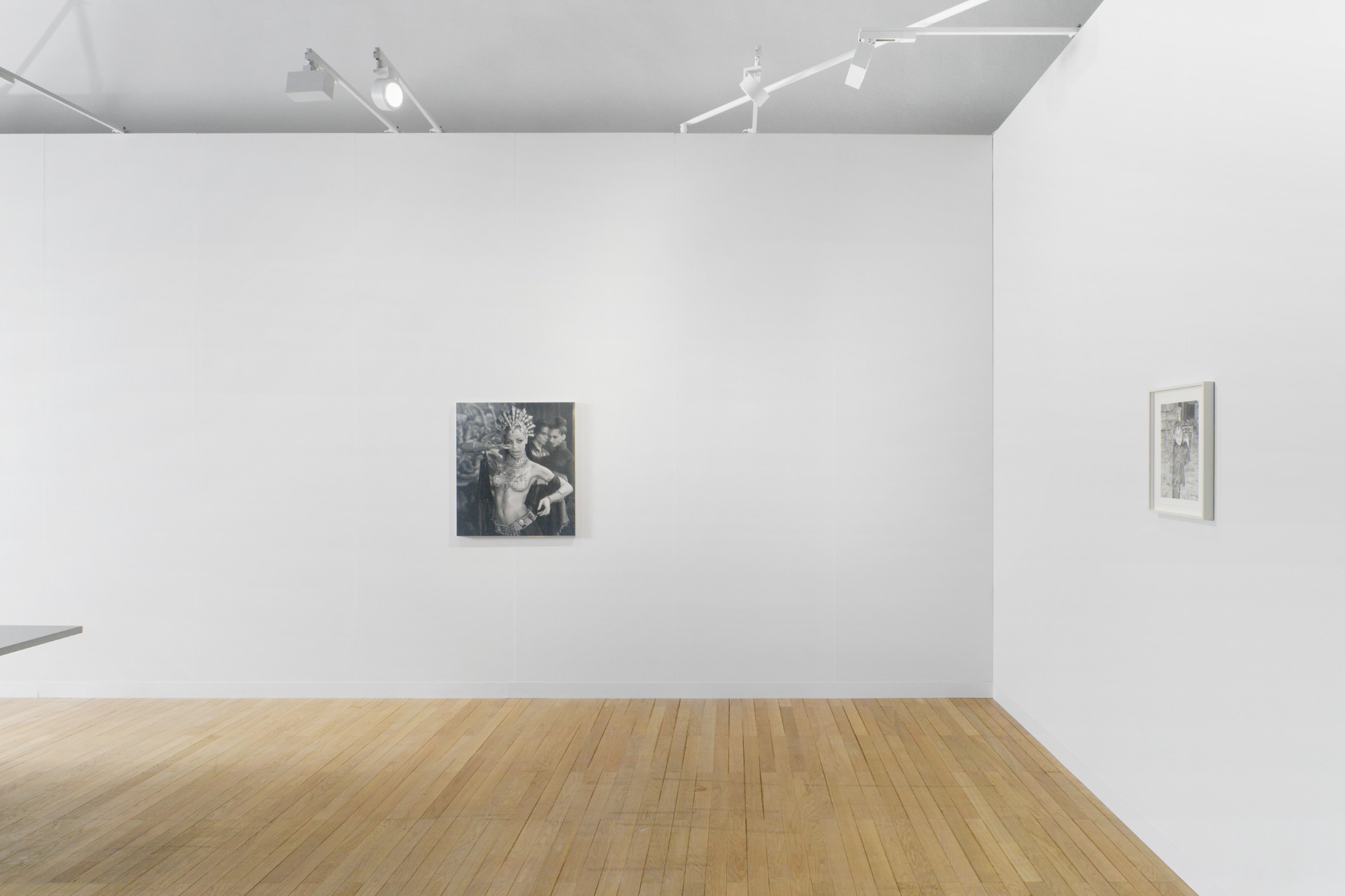
Xavier Robles de Medina
Tetris effect
Installation view
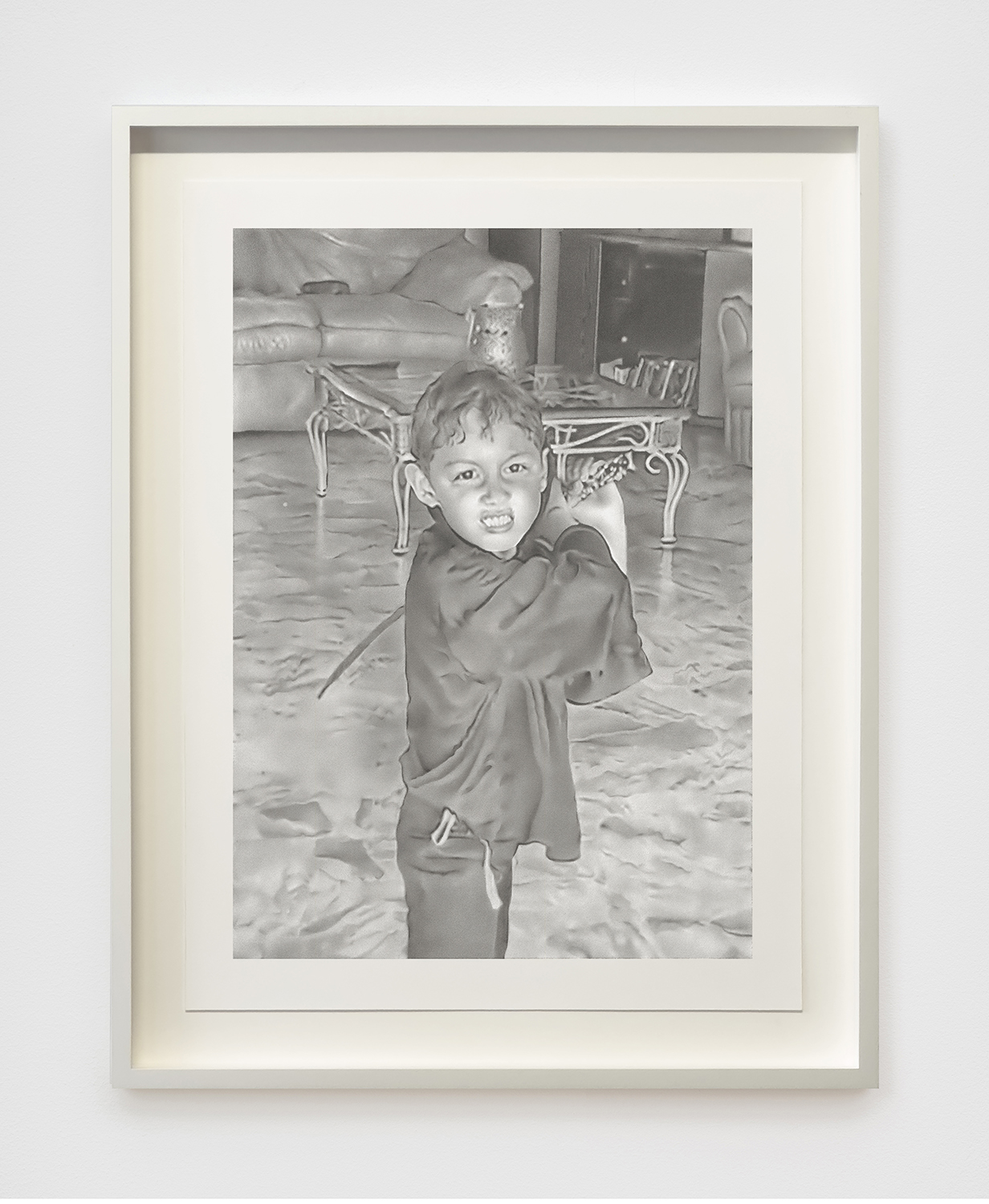
Xavier Robles de Medina
Argh!, 2023-2024
graphite on paper
paper size 40 × 30 cm | drawing size 35 × 25 cm

Xavier Robles de Medina
Tetris effect
Installation view

Xavier Robles de Medina
Pengel, 2024
monograph
coy koi books, Berlin
Edition of 300

Xavier Robles de Medina
Pengel, 2024
monograph
coy koi books, Berlin
Edition of 300
Xavier Robles de Medina’s solo, Tetris effect, spans painting, bronze, drawing, and a monograph. The title is inspired by the psychological phenomenon of how repeated activities can shape our thoughts and dreams. The exhibition explores how personal history and broader societal themes intertwine, challenging viewers to consider the intersections of identity and context through a non-linear lens informed by a unique queer perspective.
An acrylic on wood painting, -Aaliyah. Queen of the Damned. Directed by Michael Rymer, Warner Bros. Pictures, 2002_, confronts entrenched notions of origin and power. A metaphor for diasporic experiences and consequences of colonial histories, the painting is steeped in cultural appropriations, resonating with Stuart Hall’s writings on diaspora and identity and emphasizing the constructed nature of identities: the complex ways in which cultures intersect and diverge. Drawing parallels with exchanges of global visual culture and colonialism, the work critiques through the lens of pop culture, reflecting on the ways mainstream media shapes our understanding of history and identity.
Deepening this critique, a drawing of the artist’s brother as a child wearing a ninja costume for Carnival, harnesses a family photograph to expand on the complexities of orientalism. The ninja in black garb, popularized by the 1967 Bond film You Only Live Twice, is a prime example of cultural heritage being misrepresented and fictionalized by mainstream media, while, on the receiving end, this global dissemination of cultural products results in local reinterpretations that affect identity and our understanding of history.
Both artworks poignantly navigate the creolization of cultural imagery, the impact of global media on local identities, and the misrepresentation of cultures by Hollywood. One might posit that Robles de Medina’s work elucidates the intricacies of contemporary visual culture, meticulously delineating the nuances of cultural perception and representation.
The publication of a book based on a year-long research project provides unique insights into the legacy of Robles de Medina’s grandfather, who created a 3.5-metre-tall bronze sculpture representing the first Black prime minister of Suriname. The book, which the artist regards as an artwork and which was produced in a limited edition, constitutes an important contribution to our understanding of the political dynamics that led to Suriname’s independence from the Netherlands in 1975. In a sophisticated curatorial approach, the exhibition includes a reproduction of a family photo album, accompanied by original writings and a first-hand interview, which have been edited with commentaries from relatives.
Lastly, a bronze relief reimagines a scene from Disney’s Snow White in three dimensions, thereby establishing a tangible, three-dimensional link between Robles de Medina’s artistic vision and cultural inheritance as explored in the monograph. This sculpture intertwines personal recollections with iconic imagery, thereby furthering the artist’s exploration of individual and collective memory. Through this piece, Robles de Medina critiques the colonial portrayal of nature as wild and untamed, in turn inviting viewers to reevaluate their perceptions of otherness, identity, and power.
The intricate composition of these images exemplifies the capacity of art to challenge and reinterpret cultural hierarchies. Collectively, the works present a contemporary critique of the narratives that shape perceptions of “the other,” prompting a reconsideration of the layers of meaning inherent in cultural representation.
Tetris effect presents a poetic and idiosyncratic examination of the complex ways in which Robles de Medina’s personal and cultural histories are interwoven with the broader historical landscape. The exhibition, akin to a game of Tetris, reimagines the ways disparate cultural elements might be pieced together, underscoring the capacity of art to illuminate and transform our understanding of the world.